
TOKYO
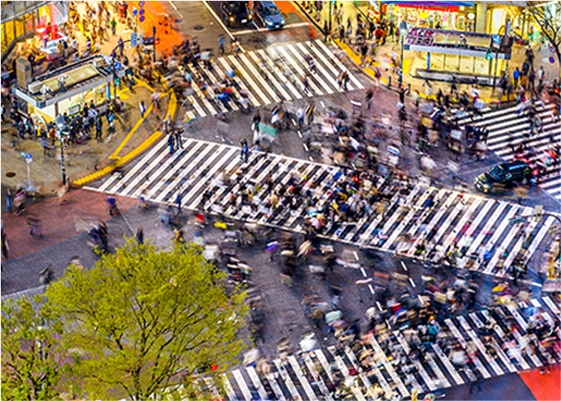
CENTRAL TOKYO
The central Tokyo area is a combination of modern aspects, with its development as the economic heart of Japan, and historical aspects, being home to historic temples such as Sensoji Temple. It is a popular tourist destination that attracts many visitors with its mix of the contemporary and the traditional. Among all of those attractions, the Heritage Zone is a place where visitors can feel the spirit of the 1964 Olympics as well as the passion of the athletes who took part in the Tokyo 2020 Games.
MORE INFOVENUE NAME
PORT/DISCIPLINE
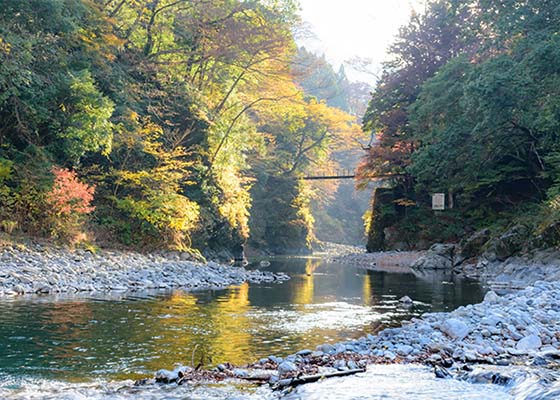
WESTERN TOKYO
This area is easily accessible from the city center and is a bedroom community with a large population. It also boasts many relatively large parks that allow visitors to enjoy the natural surroundings across different seasons. In addition, a number of Japanese sake breweries can be found here and brewery tours are also gaining in popularity.
MORE INFOVENUE NAME
PORT/DISCIPLINE
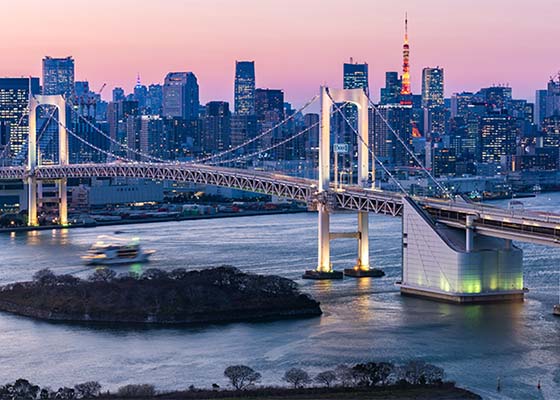
TOKYO BAY AREA
The Tokyo Bay Area had fluorished as a fishing ground since ancient times, but with the construction of a large number of high-rise condominiums in the area in recent years, it has refashioned itself as a modern city. The Bay Area is a symbol of Tokyo's evolution with the future in mind and new sporting venues have also been set up here. Many venues are concentrated around Tokyo Bay in pursuit of the concept of a compact sporting event.
MORE INFOVENUE NAME
PORT/DISCIPLINE

KANTO
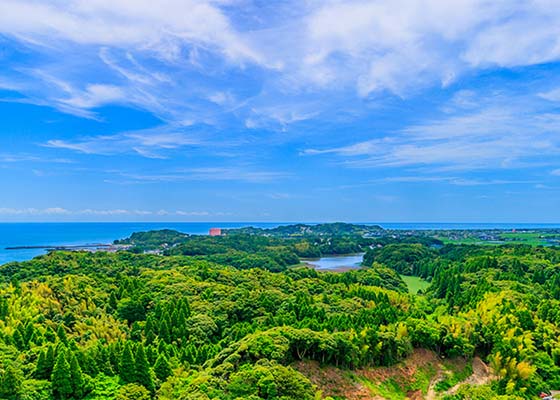
CHIBA
Chiba is surrounded by rivers and seas, and is a prefecture blessed with a natural environment that abounds with water and greenery. Narita Airport is Japan's gateway to the rest of the world, while Tokyo Disneyland is visited by many people from Japan and beyond, and Makuhari Messe is one of the leading convention halls in Asia. These facilities imbue Chiba with a distinctly international character.
Approximately 40 minutes by regular trains from Tokyo
VENUE NAME
PORT/DISCIPLINE
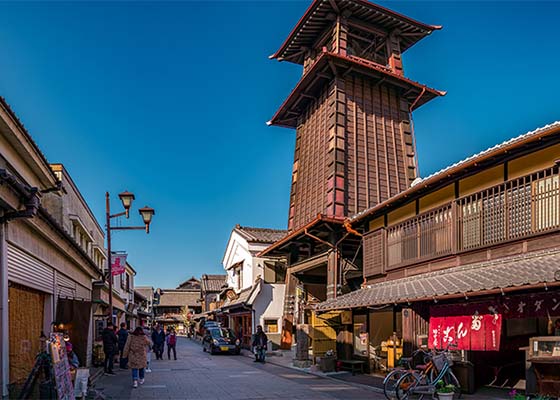
SAITAMA
Saitama Prefecture has a large population due to its proximity to central Tokyo and its robust transportation infrastructure. Kawagoe, which in the past flourished as a castle town, is also called Koedo (“Little Edo”, “Edo” being the former name of Tokyo), and visitors can still enjoy the nostalgic air of those times by walking its streets. Meanwhile, Saitama Super Arena is located in the center of the city, where it hosts various sports matches as well as live events, exhibitions, and more.
Approximately 30 minutes by regular trains from Tokyo
VENUE NAME
PORT/DISCIPLINE
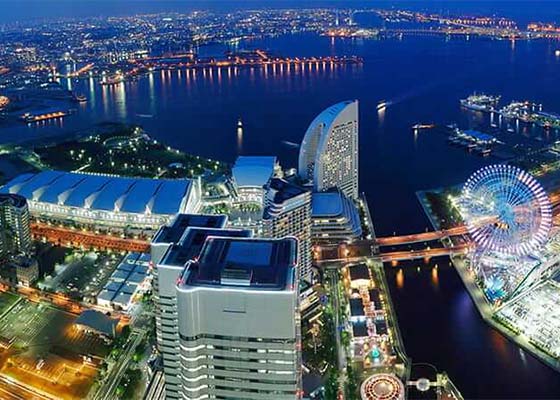
KANAGAWA
The capital city of Kanagawa prefecture is Yokohama City, which is located south of Tokyo and can be reached in 30 minutes by train. Yokohama is home to the world's largest Chinatown and the famous Sankeien where you can find many Japanese buildings that have been preserved from various eras in the past. Besides Yokohama City, many tourists also visit popular sightseeing spots in the prefecture such as Hakone, a historic post town famous for its hot springs, and Enoshima, where visitors can enjoy the sea.
Approximately 20 minutes by Shinkansen from Tokyo , Approximately 50 minutes by regular trains from Tokyo
VENUE NAME
PORT/DISCIPLINE
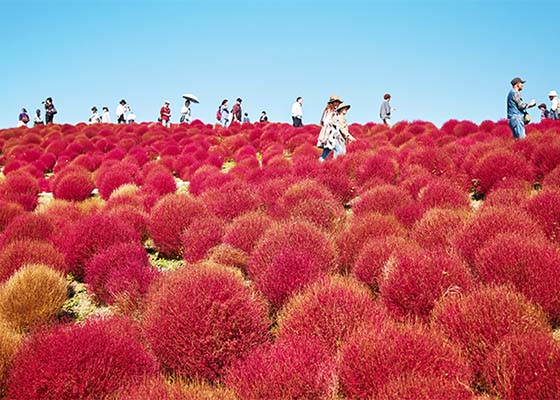
IBARAKI
Ibaraki prefecture is located in the northeastern part of the Kanto region. The prefecture is known for the industrial areas in its northeastern section, and the thriving agricultural industries in its southwestern section where the Kanto Plain can be found. It is also home to the Kashima-jingu shrine, one of the oldest shrines in Japan which has been designated as an Important Cultural Property.
Approximately 1.5 hours by regular trains from Tokyo
VENUE NAME
PORT/DISCIPLINE

CHUBU
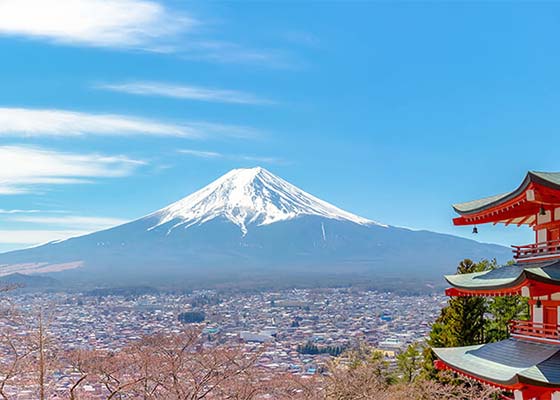
YAMANASHI
Many people around the world visit Yamanashi prefecture every year to climb Mt. Fuji, the highest mountain in Japan. In addition to climbing Mt. Fuji, touring, hiking, and fishing around the Fuji Five Lakes are also popular activities. This prefecture is the top grape production area in Japan and is also famous for its wine.
Approximately 3 hours by regular trains from Tokyo
VENUE NAME
PORT/DISCIPLINE

SHIZUOKA
Shizuoka prefecture is a hotspot for soccer. Its capital Shizuoka City is located near Suruga Bay and opposite Mt. Fuji. One of the most famous buildings in the prefecture is the Sunpu Castle built by Tokugawa Ieyasu (the first shogun of the Tokugawa shogunate) in 1585. The seafood harvested at the fishing ports of Shizuoka City is regarded as a local specialty.
Approximately 1 hour by Shinkansen from Tokyo

HOKKAIDO・TOHOKU
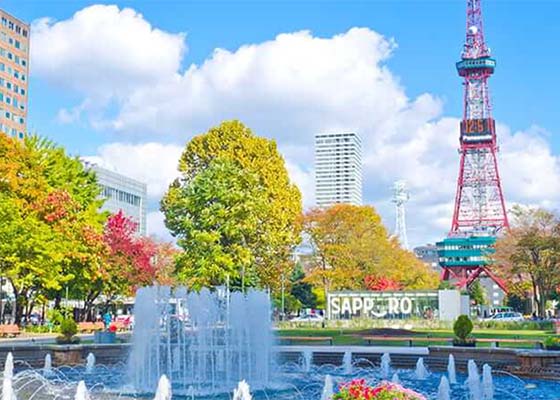
HOKKAIDO
The capital city of Hokkaido is Sapporo, which draws millions of tourists annually for many reasons. Skiers and snowboarders visit Sapporo as a stopover before they travel to ski resorts in various regions of Hokkaido, while the Sapporo Snow Festival held in February is one of most famous cultural events of the city.
Approximately 1.5 hours from Tokyo by air
VENUE NAME
PORT/DISCIPLINE
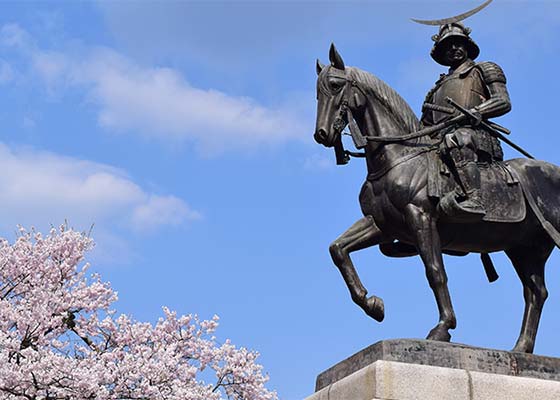
MIYAGI
Miyagi prefecture has the largest city in the Tohoku region, Sendai. The prefecture faces the Pacific Ocean to the east, and here you can find the pine-clad islands of Matsushima, one of the three most scenic spots of Japan. It is blessed with relatively mild weather throughout the year, with more tolerable heat than other areas in the summer and less snowfall than most locations in the Tohoku region in the winter.
Approximately 1 hour 40 minutes by Shinkansen from Tokyo
VENUE NAME
PORT/DISCIPLINE

FUKUSHIMA
Fukushima prefecture is located in the south of the Tohoku region, and counts Mt. Bandai among the magnificent nature for which it is known. The prefecture is divided into the three areas of "Aizu," "Nakadori," and "Hamadori" by the Echigo Mountains and the Ou Mountains. Each area possesses its own unique climate and culture.
Approximately 2 hours by Shinkansen from Tokyo
VENUE NAME
PORT/DISCIPLINE